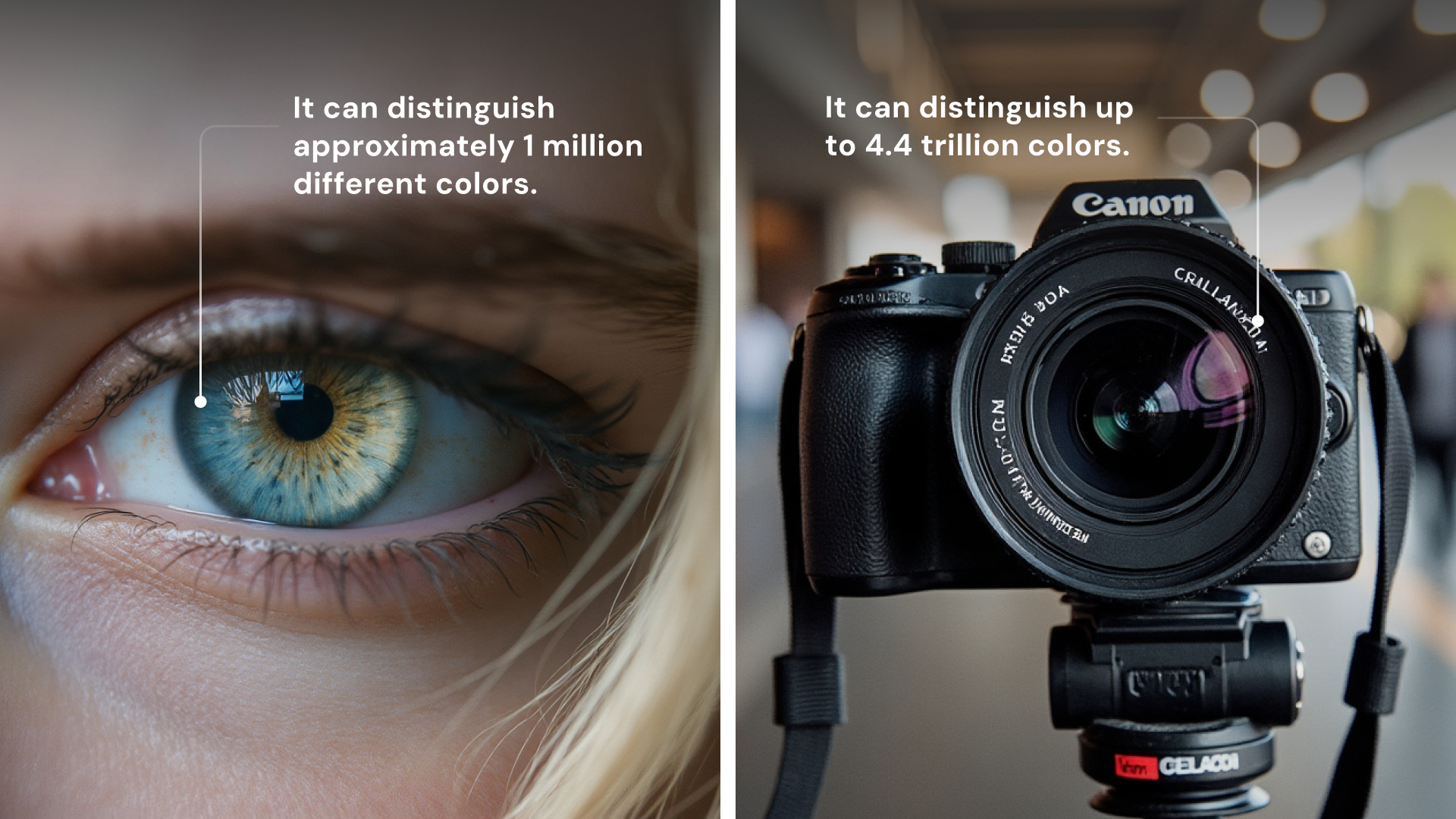High-resolution cameras, sensors, and machine vision technology can now detect subtle differences in color, shape, and size. Color sorting machines are sophisticated tools that separate produce based on optical properties. This technology plays a vital role in sorting fruits, vegetables, grains, and coffee cherries, removing foreign materials and defects with remarkable precision. We are entering a new era—imagine using color-sorting technology with just your cellphone!

A 100-years story
Optical sorting isn’t a 21st-century invention; it originated in the early 20th century. In the 1920s, wooden machines were first used to mechanically sort fruit. The push for automation in industrial sorting led to the development of optical sorting technology in the 1930s. The first color sorters were created in 1931 and deployed in Michigan’s bean industry by 1932. By 1937, systems capable of distinguishing two colors emerged. Over the following decades, advances optimized the technology, and by the late 1960s, optical sorting expanded into industries such as ferrous and non-ferrous metals. Modern systems now utilize cameras, lasers, and hyperspectral imaging, evolving with technological advancements.
Human Eye vs. Machine Vision
The human eye perceives color through cone cells in the retina, which are sensitive to red, green, and blue light. Our brains process this information, allowing us to distinguish millions of colors. While highly efficient, the human eye has limitations, especially in distinguishing subtle variations in color or working under inconsistent lighting.
Recognizing colors isn’t easy, even for the human eye—there are significant differences in individual perception. Additionally, women can recognize more shades of color than men, an ability rooted in evolutionary needs, like distinguishing toxic plants from edible ones. In the hunting-gathering era, accurate color recognition was crucial for survival. Furthermore, about 8% of men are colorblind, primarily affecting their perception of red and green, compared to 0.5% of women.
Machine vision systems use cameras and sensors to “see” colors across a much wider spectrum, including infrared and ultraviolet, which are invisible to the human eye. These systems break down colors using models like RGB (red, green, blue) or HSV (hue, saturation, value), turning visual input into precise data. Machine vision can differentiate minute color variations, ensuring more consistent and reliable sorting results than humans.

How to decide?
Many machine vision systems utilize grayscale analysis, with AI translating colors into sophisticated grayscale representations for greater precision. Some systems employ hyperspectral imaging, analyzing chemical compositions beyond visible colors to ensure a higher level of quality control. For users, precision is paramount.
For engineers and decision-makers, the key factors when selecting color-sorting technology include sorting accuracy, throughput capacity, ease of integration into existing processing systems, and cost. While high-speed cameras and intelligent algorithms offer superior precision, they can be prohibitively expensive.
AGRI-FOOD.AI offers a budget-friendly solution: our compact Maduro application. This app is an excellent alternative for smaller farms, allowing even modest operations to adopt cutting-edge sorting technology.
What is Maduro?
Maduro is a compact solution. All you need is a smartphone and some coffee cherries. Take a picture—our system will analyze it instantly, categorizing the cherries into five hue categories. No special lighting or white background is needed; our technology handles different lighting and weather conditions, whether under cloudy skies or bright sunlight. The only exception is pictures taken in heavy fog, which are not suitable for color-sorting analysis.
Why Use Maduro?
- Simple and Quick – Take a photo for instant results, reducing manual labor.
- Objective Quality Assessment – Eliminates subjectivity in cherry evaluation.
- Works Offline – Ideal for remote areas without internet access.
- Affordable and Compact – Fits in your pocket without breaking the bank.
- Digital Record Keeping – Save, organize, and export data for future reference.
- Improves Profitability – Ensures better quality control, leading to higher earnings.
For further information, explore our new subpage!
 2024-10-03
2024-10-03  PODCAST
PODCAST
 share
share



 Our website uses cookies
Our website uses cookies